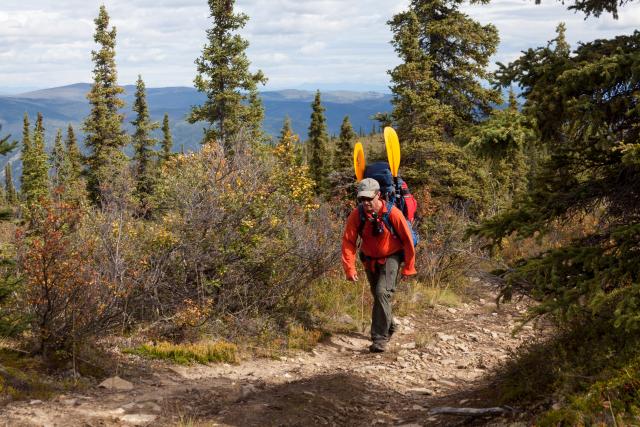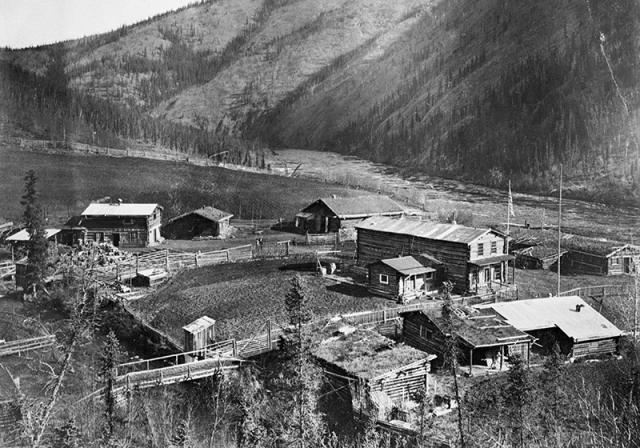Related Stories
- Tread responsibly and enjoy your public lands
- Dark Sky Week: 12 spectacular BLM stargazing sites
- BLM recreation sites available to all: Exploring accessibility on California’s public lands
- A day on patrol with BLM Arizona Ranger Rocco Jackson
- BLM recreation sites available to all: Exploring accessibility on Arizona’s public lands




